Uncategorized
-
 Science & Society
Science & SocietyWelfare reforms may have hurt some single moms’ teenage kids
Welfare reform was meant to help the next generation, but making moms work and capping aid has led to more harm than gain, says a new study.
By Sujata Gupta -
 Animals
AnimalsBears that eat ‘junk food’ may hibernate less and age faster
Wild black bears snacking on leftovers of sugary, highly processed foods in Colorado show possible signs of faster cellular wear.
By Susan Milius -
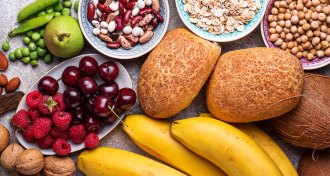 Life
LifeEating a lot of fiber could improve some cancer treatments
A high-fiber diet, which boosts the diversity of gut microbes, may make an immune therapy against skin cancer more effective.
-
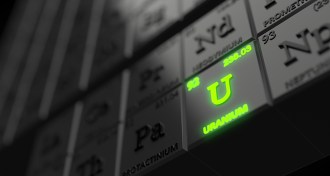 Chemistry
ChemistryHere’s how long the periodic table’s unstable elements last
Most elements on the periodic table have at least one stable form. But some don’t. Here’s how long those unstable members endure.
By Carmen Drahl -
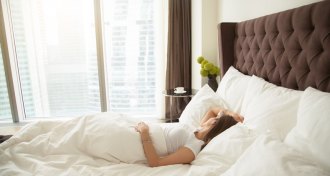 Health & Medicine
Health & MedicineSleeping in on the weekend can’t make up for lost sleep
Using the weekend to catch up on sleep is ineffective at making-up for lost sleep and offsetting the consequences to a person’s health.
By Jeremy Rehm -
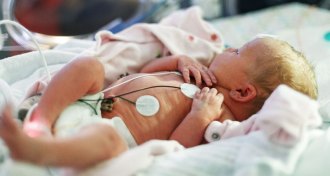 Health & Medicine
Health & MedicineWireless patches can comfortably monitor sick babies’ health
New skin sensors that wirelessly transmit health data could offer a less invasive way to keep tabs on newborns in the neonatal intensive care unit.
-
 Oceans
OceansOceans that are warming due to climate change yield fewer fish
Warming water due to climate change is diminishing sustainable fishery yields in the world’s oceans.
-
 Neuroscience
NeuroscienceHow singing mice belt out duets
A precise timing system in the brain helps musical rodents from the cloud forests of Costa Rica sing to one another.
-
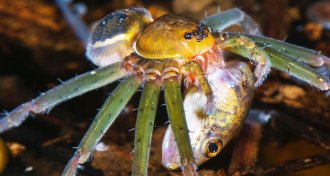 Animals
AnimalsWhat spiders eating weird stuff tell us about complex Amazon food webs
By documenting rare events of invertebrates eating small vertebrates, scientists are shedding new light on the Amazon rainforest’s intricate ecosystem.
By Jeremy Rehm -
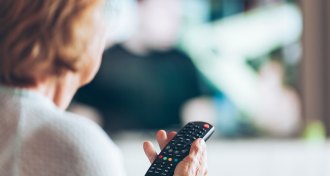 Health & Medicine
Health & MedicineWatching hours of TV is tied to verbal memory decline in older people
The more television people age 50 and up watched, the worse they recalled a list of words in tests years later, a study finds.
-
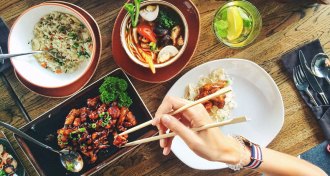 Health & Medicine
Health & Medicine50 years ago, people thought MSG caused ‘Chinese restaurant syndrome’
In the 1960s, people blamed monosodium glutamate in Chinese food for making them sick, but the claim hasn't stood up to time or science.
-
 Animals
AnimalsThis parasitic cuckoo bird shows cheaters don’t always get ahead
Birds called greater anis that can slip extra eggs into other nests create a natural test of the benefits of honest parenting.
By Susan Milius